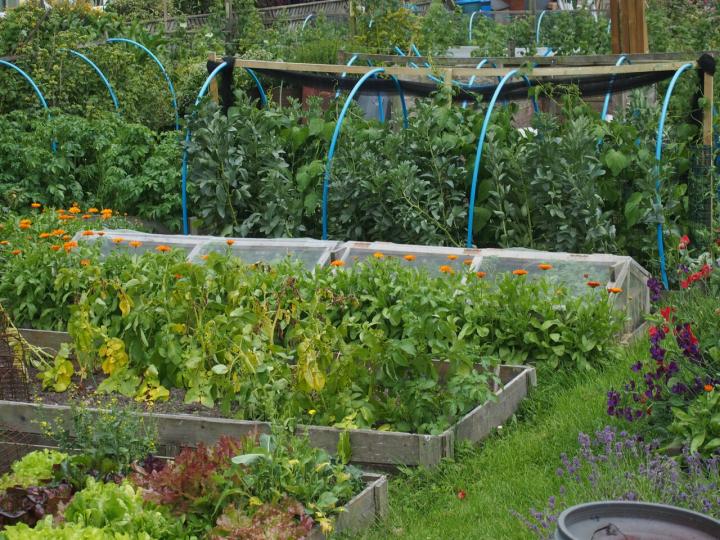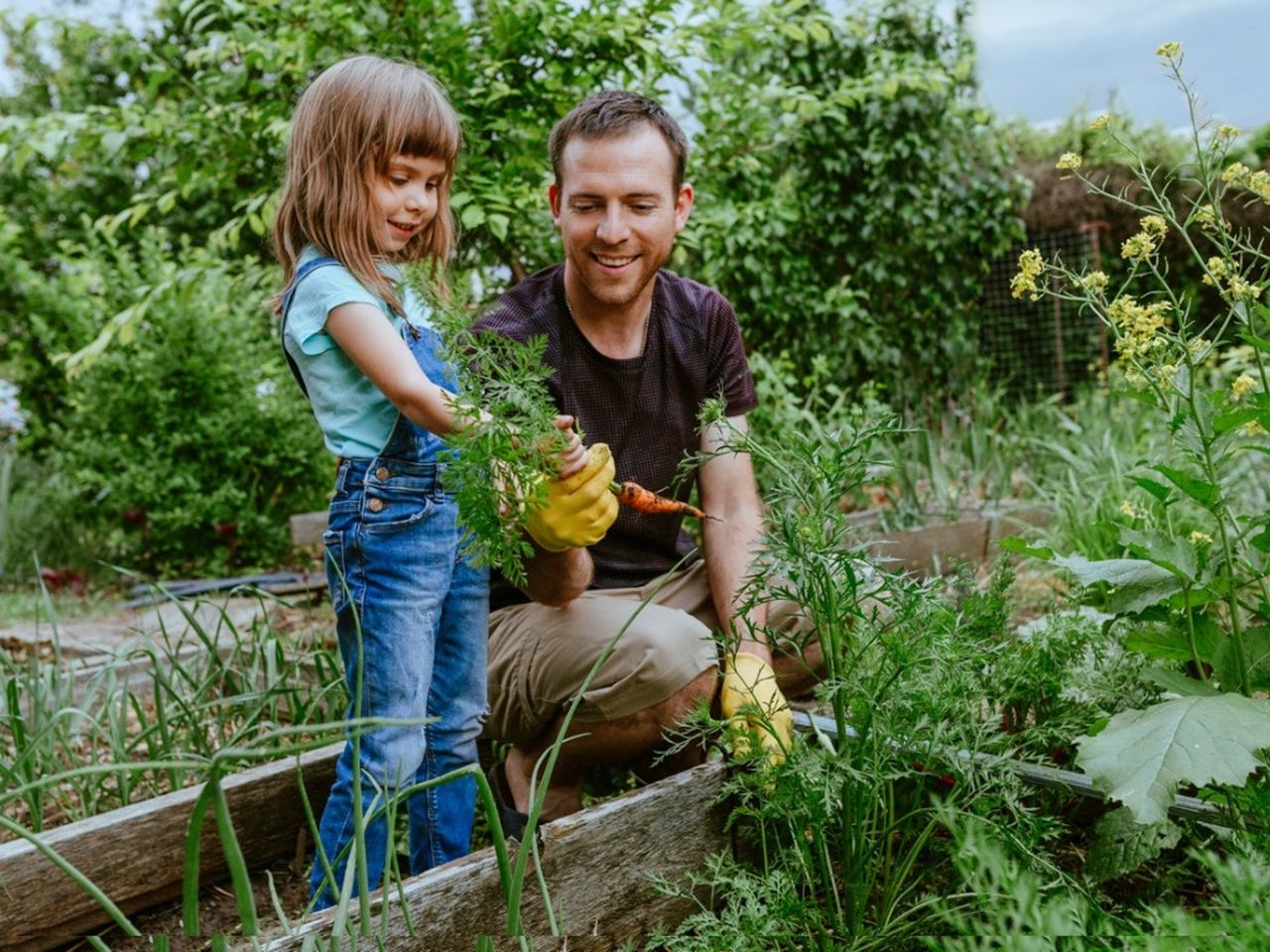Proven Strategies for Homestead Gardening
Wiki Article
Discover Necessary Tips for Successful Gardening Techniques and Practices
Horticulture, usually seen as an easy activity, incorporates a series of methods and techniques that can significantly influence the result of your initiatives. By focusing on crucial elements such as soil health and wellness, efficient sprinkling approaches, and appropriate plant selection, gardeners can produce a successful ecological community that sustains vibrant growth. Furthermore, comprehending the nuances of insect administration and seasonal maintenance can additionally improve efficiency. Yet, lots of lovers ignore important information that can make or break their gardening success-- exploring these overlooked aspects might disclose the trick to cultivating a growing garden.Recognizing Soil Wellness
Soil wellness is an essential facet of successful horticulture, as it directly affects plant growth, vitamins and mineral accessibility, and ecological community balance. Healthy and balanced soil is defined by a rich biodiversity of microbes, organic issue, and a balanced pH level, which with each other create a setting conducive to plant advancement.To understand soil wellness, one must consider its physical, chemical, and biological properties. The structure and framework of soil impact its capacity to retain wetness and nutrients, while the chemical make-up determines the availability of important components like potassium, phosphorus, and nitrogen. Normal dirt screening is vital to assess these factors, allowing garden enthusiasts to make informed choices pertaining to amendments and fertilizers.
In addition, advertising organic task within the soil is vital for preserving its health and wellness. Practices such as composting, plant turning, and making use of cover plants can enhance microbial diversity, improve nutrient cycling, and decrease soil erosion. By prioritizing soil health and wellness, gardeners not only optimize plant growth but also add to a sustainable community, guaranteeing that their gardening practices are environmentally responsible and resilient with time.
Reliable Sprinkling Methods
Guaranteeing that plants get the suitable amount of water is essential for their wellness and development, especially when coupled with a solid structure of dirt health and wellness (Homestead Gardening). Effective sprinkling strategies can substantially affect plant vitality, lowering water waste and promoting optimal growthOne essential method is deep watering, which motivates roots to grow much deeper right into the soil, enhancing dry spell resistance. This strategy usually includes sprinkling much less frequently yet in bigger amounts, enabling moisture to permeate the origin area thoroughly. Timing is additionally critical; morning is the excellent time to water, as it lessens evaporation and enables vegetation to dry throughout the day, lowering condition dangers.
Additionally, utilizing compost can aid maintain dirt dampness and control temperature, further assisting effective watering methods. Making use of a drip watering system can also offer targeted dampness directly to the origins, making certain that water gets to where it's most needed while preserving resources.
Keeping track of rains and soil wetness degrees can guide changes in your watering timetable, making certain plants get constant hydration without over-saturation. By embracing these blog effective watering techniques, garden enthusiasts can foster a flourishing setting for their plants to flourish.
Plant Selection and Positioning
How can the appropriate plant selection and calculated positioning change a yard into a growing ecosystem? The synergy in between plant ranges and their positioning is critical for creating a vibrant yard. When choosing plants, take into consideration elements such as climate, soil type, and sunlight direct exposure. Native varieties are typically the most effective selection as they are adjusted to local problems and require much less upkeep.useful site Strategic placement involves preparing plants according to their growth practices and needs. Taller plants need to be placed at the back of borders to avoid shading shorter plants. In addition, grouping plants with comparable water and light demands can boost their development and reduce competitors for resources.
Integrating a diversity of plants not only adds aesthetic appeal but additionally promotes biodiversity, attracting valuable bugs and pollinators. Consider the seasonal adjustments in your yard; select a mix of annuals, evergreens, and perennials to guarantee year-round passion.
Finally, bear in mind to examine the fully grown size of plants prior to planting to stay clear of overcrowding and make certain sufficient air blood circulation. Thoughtful plant selection and critical placement produce an unified atmosphere, permitting your garden to grow while minimizing difficulties.
Parasite and Disease Monitoring
Effective insect and condition management is necessary for preserving a healthy and balanced yard community - Homestead Gardening. An aggressive approach, integrating social, organic, and chemical strategies, can substantially lower the impact of insects and conditions on your plants
Organic controls, such as presenting valuable pests like ladybugs or predatory mites, can keep pest populations in check without harming the environment. Additionally, maintaining plant health through proper watering, fertilization, and pruning will bolster their resilience versus conditions.
When treatment is needed, go with targeted chemical therapies, making sure to comply with application guidelines find out to reduce harm to non-target organisms. Constantly focus on lasting techniques, as they advertise lasting yard health and wellness and eco-friendly equilibrium. By integrating these approaches, gardeners can successfully handle insects and diseases, guaranteeing thriving plants and an effective yard.

Seasonal Maintenance Practices
In springtime, focus on dirt preparation by screening pH levels and including required modifications. On a regular basis examine arising plants for insects and conditions.As summertime strategies, make sure adequate watering while monitoring for indications of stress or illness. Trim back overgrown plants to urge air circulation and minimize moisture around foliage. This technique not only improves plant wellness but likewise advertises flowering and fruiting.
With the arrival of autumn, it's time to plan for winter. Tidy up dropped leaves and debris to stop parasite infestations, and think about growing cover plants to enrich soil wellness. This period is also optimal for separating perennials and planting spring-flowering bulbs.
Final Thought
Effective gardening joints on the combination of sound practices in dirt wellness, watering, plant option, bug administration, and seasonal maintenance. By prioritizing dirt screening and microbial diversity, employing reliable sprinkling methods, and choosing suitable plants, gardeners can develop prospering environments.By prioritizing important components such as dirt health and wellness, effective sprinkling methods, and suitable plant selection, garden enthusiasts can produce a thriving ecological community that sustains lively growth. By focusing on dirt health, garden enthusiasts not only maximize plant development but additionally contribute to a lasting environment, ensuring that their horticulture practices are eco accountable and resilient over time.
Taller plants should be placed at the back of borders to stop shading much shorter plants. Clean up fallen leaves and particles to avoid insect infestations, and consider planting cover plants to enhance dirt health.Effective gardening hinges on the combination of sound techniques in dirt health, watering, plant choice, bug management, and seasonal maintenance.
Report this wiki page